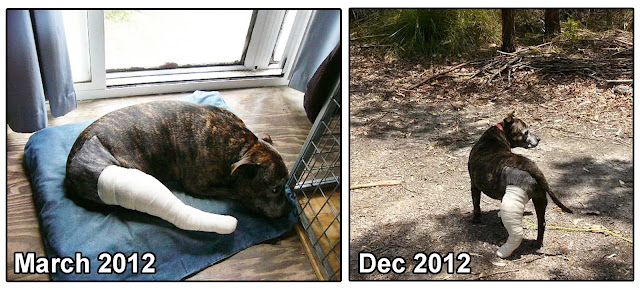The
article below was written by Viv Forbes who is a regular contributor to
pickeringpost.com where I find some very interesting ideas and information.
As this article as already been copied and shared on facebook, and I'd
like to keep it as a reminder of some of the many false alarms we hear, I am
sharing it on my blog. We hear so many false alarms as fashions ebb and flow - from eggs are bad for you to the coming of a new ice age - it's hard to keep track of it all.
 False Alarm? -------------
False Alarm? -------------Corals – the Great Survivors by Viv Forbes
For at least fifty years, agitated academics have been predicting the end of the Great Barrier Reef. Now international “experts” are also sprouting coral calamity. But despite the alarms, the reef is still there.
An early scare
focused on the Crown of Thorns Starfish which was going through one of its
sporadic population booms. Such plagues come and go with the natural cycles of
growth and decay. But the reef survived.
Natural hydrocarbons
have been part of the wild environment for longer than corals, which may
explain why corals are remarkably tolerant of hydrocarbons. Despite natural oil
and gas seeps, man-made spills, and hundreds of offshore drilling rigs, corals
still thrive.
After the worst
oil spill ever during the First Gulf War there was no clean-up attempt apart
from oil skimming because the 700 oil-well fires had priority. Fresh crude oil
floats and is a danger to sea birds, but it soon reacts with air and salt water
to become solid tar balls which sink to the sea floor. An inspection of the sea
bed later to catalogue “the disaster” found teeming wildlife, with sea-grass,
snails and fish thriving after the fertilising effect of the oxidising oil.
Corals are even
thriving at the exact spot in the Montebello Islands where two atomic devices
were tested by the British in 1952.
Lately global
warming scares such as coral bleaching and ocean acidity have mesmerised the
media. These are supposedly caused by wicked humans burning hydrocarbons and
using energy by doing things. So we introduced a carbon tax, despite the fact
that no unusual warming or acidity can be measured. And the reef is still there.
Now we are told
that port dredging near Bowen is going to destroy the Reef. The Great Barrier
Reef is 2,400 km long – stirring some mud at one small spot 40 km from the reef
is unlikely to be noticed by the coral. Moreover, the stuff being dredged is
comprised of natural material eroded from the land and put there over millennia
by coastal rivers. Compared with the silt load discharged by rivers like the
mighty Burdekin in a normal wet season, or stirred up by cyclonic surges,
dredging is a non-event. The Reef has been coping with sediments like that for
thousands of years.
All plants and
animals need minerals for optimum health. Marine life gets its minerals from
erosion of rocks on the land. Coastal rivers (and dredging of river silt) stir
up the minerals which supply the off-shore environment. Like all nutrients,
some is necessary, too much brings harm.
Since corals
first appeared there have been five mass extinctions when over 50% of all life
forms on land and in the seas died. These episodes usually included massive
volcanic events that filled air and sea with debris, lava, heat and acid fumes.
And still corals survived.
Then there were
asteroid impacts that created huge craters that dwarf man’s puny ports. Debris,
rock, mud and slush were flung in all directions – far more and further than
man’s dredging will ever do. Corals even survived this.
Then came the hot
climate eras when the great ice sheets melted and sea levels rose dramatically.
Some coral reefs drowned, but others just built on top of the old drowned
corals forming the beautiful coral atolls we see today. Corals flourish in
gently rising seas such as we have today – it gives them room to refresh and
grow vertically.
Corals have
outlasted the dinosaurs, the mammoths and the sabre-toothed tiger. Captain
Cook’s ship was almost disembowelled by the sturdy corals of the Great Barrier
Reef in 1770. If Cook came back today, he would be unable to detect any changes
in the Reef.
We should of
course minimise soil erosion, human pollution of offshore waters and direct
damage or interference with the Reef. However, green extremists would like to
sacrifice all of Queensland’s coastal industry on the coral altar -
exploration, mining, farming, land development, tourism, forestry, fishing, and
shipping. They need reminding it is only rich societies who can afford to care
for their environment.
No matter what
the future holds, corals are more likely than humans to survive the next major
extinction.
In the event of
yet another Ice Age we must hope that reef alarmists have not denied us the
things we will need to survive - food, energy, chemicals, shelter, concrete and
steel generated by carbon fuels.
-----------------------------------------

.jpg)



.jpg)



































.jpg)
.jpg)